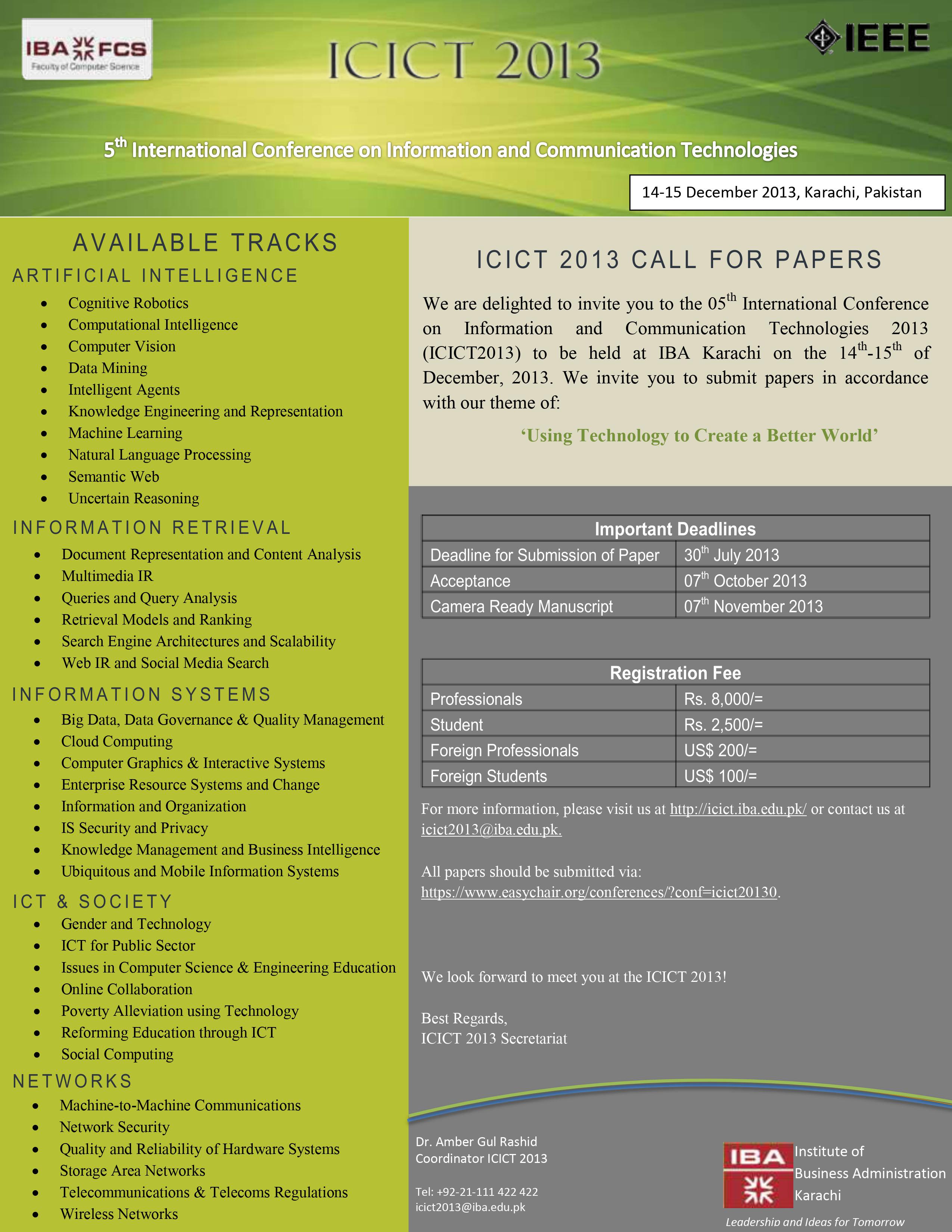Intelligent Systems – I: Using predictive analytics to forecast drone attacks in Pakistan
Abstract/Description
Drones are autonomous aircrafts employed in conditions where manned flight is perilous. Drone-based attacks are made in Northern Pakistan with the intention of eliminating terrorists (in the context of US-led war of terror). In June 2004, the first drone strike killed one militant and four civilians; since then hundreds of attacks have killed thousands of people including accidental deaths of innocent children and women. To gauge the impact of future drone attacks, we apply time series forecasting on drone attack data to predict the frequency of different types of future attacks. On a reliable drone attack data set, we use IBM SPSS tool to learn four predictive models: 1) number of drone attacks, 2) number of militant casualties, 3) number of civilian casualties, and 4) number of injuries. Over our actual dataset, the prediction accuracy is maximized when we allow SPSS to automatically select the forecasting algorithm, as compared to a manual selection and configuration. We use automated selection to predict our four types of data for the six months, July 2013 till December 2013.
Keywords
Drone, Attack, Pakistan, Time series, Forecasting, Predictive analytics, Casualties
Location
Room M1
Session Theme
Intelligent Systems – I
Session Type
Other
Session Chair
Dr. Sajjad Haider
Start Date
14-12-2013 3:30 PM
End Date
14-12-2013 4:00 PM
Recommended Citation
Afzal, U., & Mahmood, T. (2013). Intelligent Systems – I: Using predictive analytics to forecast drone attacks in Pakistan. International Conference on Information and Communication Technologies. Retrieved from https://ir.iba.edu.pk/icict/2013/2013/3
COinS
Intelligent Systems – I: Using predictive analytics to forecast drone attacks in Pakistan
Room M1
Drones are autonomous aircrafts employed in conditions where manned flight is perilous. Drone-based attacks are made in Northern Pakistan with the intention of eliminating terrorists (in the context of US-led war of terror). In June 2004, the first drone strike killed one militant and four civilians; since then hundreds of attacks have killed thousands of people including accidental deaths of innocent children and women. To gauge the impact of future drone attacks, we apply time series forecasting on drone attack data to predict the frequency of different types of future attacks. On a reliable drone attack data set, we use IBM SPSS tool to learn four predictive models: 1) number of drone attacks, 2) number of militant casualties, 3) number of civilian casualties, and 4) number of injuries. Over our actual dataset, the prediction accuracy is maximized when we allow SPSS to automatically select the forecasting algorithm, as compared to a manual selection and configuration. We use automated selection to predict our four types of data for the six months, July 2013 till December 2013.


